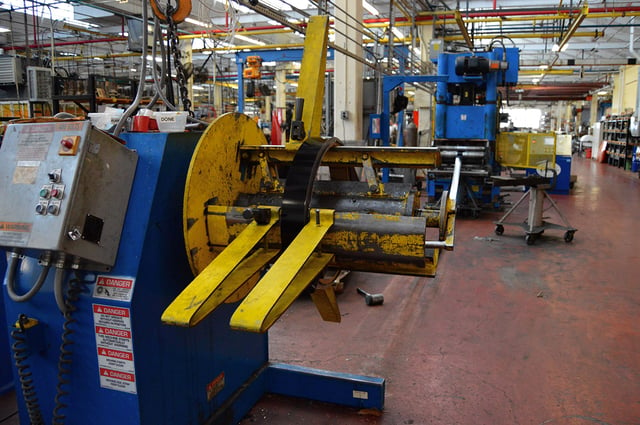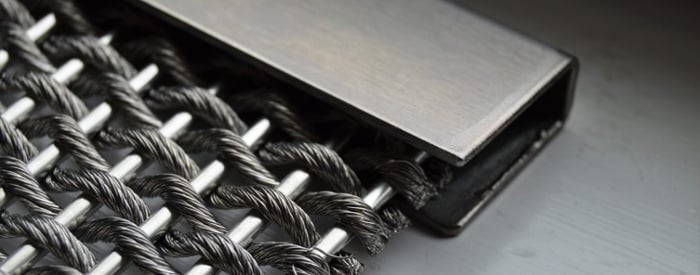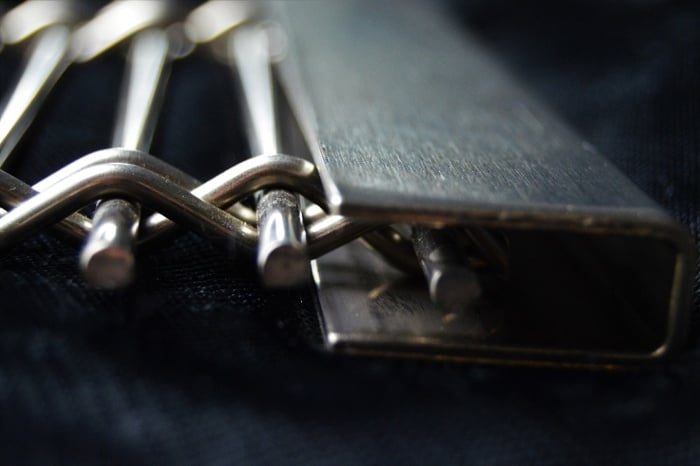Supply System/Manufacturing Process Improvement Example: Roll Forming
 Manufacturing process improvement can be tricky!
Manufacturing process improvement can be tricky!
We all want to improve our manufacturing processes and create added productivity. We use scads of analysis, cost accounting numbers, and other manufacturing process improvement tools to evaluate our nonproductive processes. Our computer systems keep track of labor hours used versus our standard cost estimates.
We should have made 120 roll formed parts per hour and we only made 85. … So, what gives? How can we simplify the decision-making process for optimization, and direct productivity improvement dollars to the right place?
Let's look at a manufacturing process improvement example of a roll forming order requiring smart investment.
Successful Manufacturing Process Improvement Example: Roll Forming Edition
To develop some manufacturing process improvement ideas, let's examine a sample problem:
Acme Widget Co. has several different product lines of metal formed widgets.
Each product line has several components made at different parts of the plant using different metal forming equipment. For years, the sub-widget U channels have been produced with actual costs far exceeding the estimated standard cost.
In fact, just this year, the engineering team increased the standard cost estimate for the sub-widget U channel just so they can be scheduled with the proper amount of labor hours since they always take longer. And of course, widget customers will not accept a price increase due to the U channel’s cost.
Obviously, the U channel is the weak link in the roll forming process.
Or … is it? Is that really how to improve the manufacturing process?
Opportunity
Cost accounting has targeted the U channel for a long time, and now some capital budget money is available to finally fix this nagging problem.
For $100,000, Acme can buy a U channel machine that will drop the fabrication labor to 60% of the standard cost. That’s a no-brainer, since U channel production had always been running at 125% of the cost!
The return on investment is easy. Acme makes a lot of U channels. The loser could become a real winner!
So, let’s do it … right?
 Continuous Process Improvement: Symptoms vs. Problem
Continuous Process Improvement: Symptoms vs. Problem
Actually, that's wrong. Fixing the U channel problem only solves a local efficiency problem. The critical question is: Will the ability to produce sub-widget U channels more quickly allow Acme to ship more widgets in a given time period?
That's what we really want, isn't it? In fact, having U channels produced more quickly may be a problem. We don't want excess U channel inventory, do we? It may be better to actually slow down the manufacturing of U channels.
However, if U channel production rates are restricting the number of widgets shipped per time period, either buy the machine or look to outsource the U channel production to free up capacity on your current machines for other, more specialized widget components.
This is the key: To correctly optimize your processes for truly lean manufacturing, you MUST look at your business as a whole.
Focal Point for Supply System Optimization
Having a focused point for optimization, improvement, scheduling, and visual controls will make your life a lot easier. Making this focus known throughout your organization will also result in concentrated energy that will payoff in an increase in shippable units per period of time.
Your goal is to accelerate these units over your fixed costs in the shortest amount of time to achieve higher profitability.
Of course, you’re only as fast as your slowest process, and you’re only as strong as your weakest link. That’s the Theory of Constraints, and your constraint is the place to primarily focus your process improvement techniques in manufacturing.
Click here to see theory of constraints examples in manufacturing and learn how you can harness and exploit those constraints. Or, to learn more about optimization from a roll forming design standpoint, grab the free e-book below:
(Editor's note: This article was originally published in June 2017 and was recently updated.)
You May Also Like
These Related Stories

5 Surprisingly Common U Channel Edge Trim Applications

Create a Streamlined Supply Chain for Wire Mesh Frame




